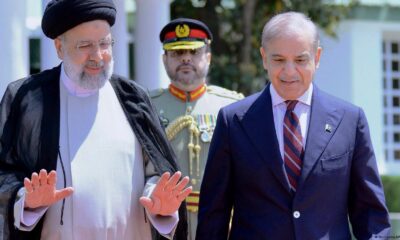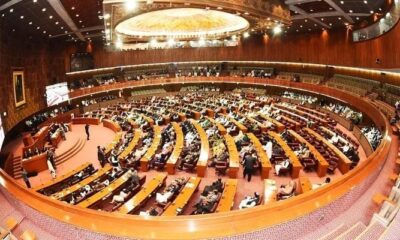- Analysts predict multilateral creditor’s assistance will strengthen rupee.
- Rupee expected to trade at 216 to the dollar in next 10 days.
- Analysts see interest rates in US topping 5%.
KARACHI: Rupee is likely to appreciate against the US dollar in the coming week, depending on the expected inflows from the Asian Development Bank (ADB) and Pakistan’s removal from the Financial Action Task Force’s (FATF) grey list, The News reported.
The local currency dropped against the dollar by 0.89% this week in the interbank market. However, in the final trading session on Thursday, the rupee drove up to 220.84 due to positive news from the ADB and FATF. It closed at 218.89 on Monday.
Multilateral creditors’ assistance in the wake of the floods would help increase foreign exchange reserves and strengthen the local currency, the analysts believe.
As of October 14, the forex reserves held by the State Bank of Pakistan stood at $7.59 billion — enough to cover about one month of imports.
The rupee is expected to trade at 216 to the dollar in the next 10 days and 210 to the dollar in the following 30 days, according to Tresmark, a terminal that monitors live prices of financial markets.
“This is because of ADB-related inflows of $1.5 billion in the coming week and $2 billion of inflows in the first week of November. Of course, this would not have been possible without the finance minister’s undervalued rupee mantra,” Tresmark said in a client note.
But the real test for the rupee would be six months from now, it added.
Analysts see interest rates in the US topping 5% (last seen in 2008) and a relentless surge of the dollar.
While major currencies unanimously have a bearish bias, markets are forecasting the Indian Rupee to be at 95 per dollar, the Bangladesh Taka to be at 115 per dollar, and the Yuan to keep weakening. Dollar strength is one factor, but the global recession remains a much bigger concern.
“While CAD (current account deficit) for September was almost at breakeven, economists are looking at a 15-20% drop in exports, plus a 5% drop in remittances,” it said.
According to them, import compression and slowing down the economy further would be an ongoing requirement to sustain the economic winter, it added.
The rupee weakened during the outgoing week marginally on the back of the settlement of smaller letters of credit. Market estimates that about 50% (or around $600 million) still remains to be processed.
“The interbank market is also completely out of dollar liquidity, as can be seen in multi-month lows in swap premiums. Premiums for 1, 3, and 6 months are -2 (down from 130), 25 (down from 390), and 175 (down from 750) respectively,” it said.
In a positive development, the FATAF on Friday removed Pakistan from its list of countries that are under “increased monitoring” known as the “grey list”. This would help boost the nation’s reputation and get a credit rating upgrade from the global rating agencies.
Since the International Monetary Fund (IMF) included the implementation of FATF action plans as a structural benchmark, the removal would make it possible for Pakistan to successfully complete the next review of the IMF’s Extended Fund Facility.
However, the global rating agency Fitch cut Pakistan’s sovereign credit rating by a notch to ‘CCC+’ from ‘B-’, citing further deterioration in the country’s external liquidity and funding conditions and a decline in foreign exchange reserves.
The decrease comes three months after Fitch downgraded the country’s outlook from “stable” to “negative” and revised the ranking to B-. Fitch typically does not assign outlooks to sovereigns with a rating of ‘CCC+’ or below.

 Latest News2 days ago
Latest News2 days ago
 Latest News24 hours ago
Latest News24 hours ago
 Latest News24 hours ago
Latest News24 hours ago
 Latest News2 days ago
Latest News2 days ago
 Latest News23 hours ago
Latest News23 hours ago
 Latest News2 days ago
Latest News2 days ago
 Education2 days ago
Education2 days ago
 Latest News2 days ago
Latest News2 days ago
























